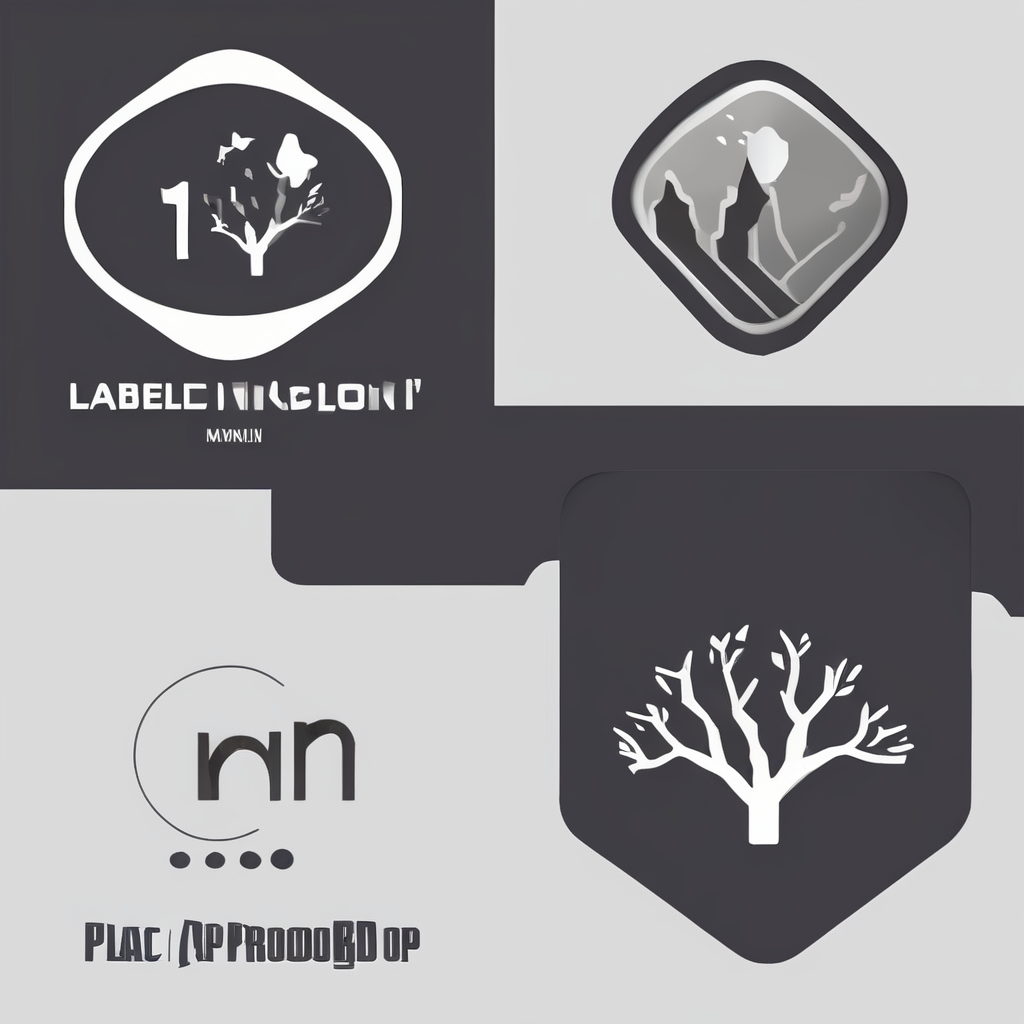The Cirrus Jet redefines light jet travel by combining advanced safety systems, such as the parachute recovery and autoland features, with impressive performance and fuel efficiency. Its spacious, carbon-fiber cabin offers unmatched comfort and connectivity, turning every flight into a productive and enjoyable experience. Discover why this innovative aircraft stands out among personal jets for both pilots and passengers alike.
Introducing the Cirrus Jet
The cirrus jet stands out as a pioneering entry in personal aviation, emphasizing safety, comfort, and performance. Its cabin, the largest in its class, is constructed from a carbon fiber fuselage, maximizing space and passenger comfort. This design allows for panoramic windows, creating an immersive flying experience.
In the same genre : What Are the Emerging Healthcare Technologies in the UK?
Equipped with advanced systems like the Cirrus Airframe Parachute System® (CAPS®) and Safe Return™ emergency autoland, the cirrus jet prioritizes safety. The innovative Garmin G3000 avionics suite ensures pilots have real-time weather data and intuitive control interfaces, simplifying operations for owner-pilots.
Performance-wise, the G2+ model benefits from an optimized Williams FJ33 engine, providing improved thrust and access to additional airports. From reliability to efficiency, the cirrus jet blends cutting-edge technology with user-friendly features, making it a notable choice for personal owners seeking versatility, safety, and comfort in a light jet.
Additional reading : Mailbox services in beckenham : affordable solutions for you
Technical Specifications and Performance Attributes
Dimensions and Capacity
The Cirrus Vision Jet stands out as a light personal jet aircraft designed for owner-operators prioritizing comfort and flexibility. It measures approximately 30 ft 10 in to 31 ft 5 in in length with a wingspan around 38 ft 4 in to 38 ft 9 in. The cabin utilizes lightweight composite construction for impressive spaciousness, providing seating for five adults and two children, and allows for customized jet aircraft interior design. Baggage capacity accommodates typical personal travel needs, highlighting the practical side of very light jet features.
Flight Performance and Range
General aviation jet performance is evident in the Vision Jet’s flight characteristics. Operators benefit from cruise speed statistics near 345 knots and an economical cruise in the 240–280 knot range. Maximum range capabilities exceed 1,200 nautical miles under optimal conditions, supporting both business and leisure itineraries. With a service ceiling between 28,000 and 31,000 feet and a takeoff distance around 2,036 feet, this aircraft offers strong jet takeoff and landing performance suitable for smaller airfields.
Engine and Aerodynamics
A single-engine jet advantage is realized via the Williams FJ33-5A turbofan, which merges fuel efficiency in small jets with reliability. Coupled with advanced cockpit avionics and fly-by-wire style flight control systems, the Vision Jet simplifies handling and enhances jet handling characteristics. Jet engine specifications and optimized aerodynamic features further boost performance in real-world operations while maintaining efficiency.
Safety Systems, Connectivity, and Customization Options
The Cirrus Vision Jet introduces industry-leading jet aircraft safety systems. At the forefront is the whole-airframe ballistic parachute technology—CAPS—which is exclusive among very light jet features in this category. This ballistic parachute technology, coupled with the innovative Safe Return™ autoland, ensures a wider safety margin for both pilots and passengers in exigent situations. These embedded emergency systems in light jets provide peace of mind for owner-pilots and reflect Cirrus Aircraft’s ongoing focus on aviation safety records and technological advancements.
Extensive pilot training for light jets at the Vision Center Campus leverages full-motion simulators, meticulously preparing pilots for real-world scenarios and optimizing light personal jet aircraft operation. These programs are tailored to meet and exceed certification standards for light jets, enabling new owners to adapt to the unique jet aircraft handling characteristics of the single-engine Vision Jet.
Customization plays a major role in the jet aircraft interior design, with the Xi Design Studio empowering buyers to create a personalized jet customization experience. Passengers benefit from jet cabin comfort features like panoramic windows, ergonomic seating, and climate controls. Advanced cockpit avionics—including the Garmin Perspective Touch+ suite—place technological advancements in cockpit displays and flight control systems at the pilot’s fingertips, elevating onboard technology trends and supporting the growing light jet pilot community.
Vision Jet: Technology, Comfort, and Safety in a Light Personal Jet
The Cirrus Vision Jet sets a benchmark in light personal jet aircraft with its single-engine jet advantages and advanced cockpit avionics. It’s engineered for ease and safety, featuring intuitive flight control systems and a cockpit centered around the Perspective Touch+ by Garmin®. This provides real-time weather tracking—giving pilots a robust advantage in varying flying conditions.
Cabin comfort is a highlight, crafted with jet aircraft interior design that makes use of lightweight composite construction. Spacious seating accommodates up to seven, with panoramic windows and a center console providing both workspace and leisure. Entertainment options such as the 22” LED LCD display and Gogo InFlight Wi-Fi bring the comforts of home sky-high, reflecting strong trends in onboard technology for very light jet features.
Jet aircraft safety systems define the Vision Jet’s appeal. The Cirrus Airframe Parachute System® (CAPS®), as part of modern ballistic parachute technology, offers in-flight peace of mind. Coupled with the Safe Return™ autoland, passengers are empowered with enhanced safety protocols unprecedented in general aviation jet performance. These elements, paired with fuel efficiency in small jets and ongoing pilot training for light jets, make the Vision Jet a leader in its class.











